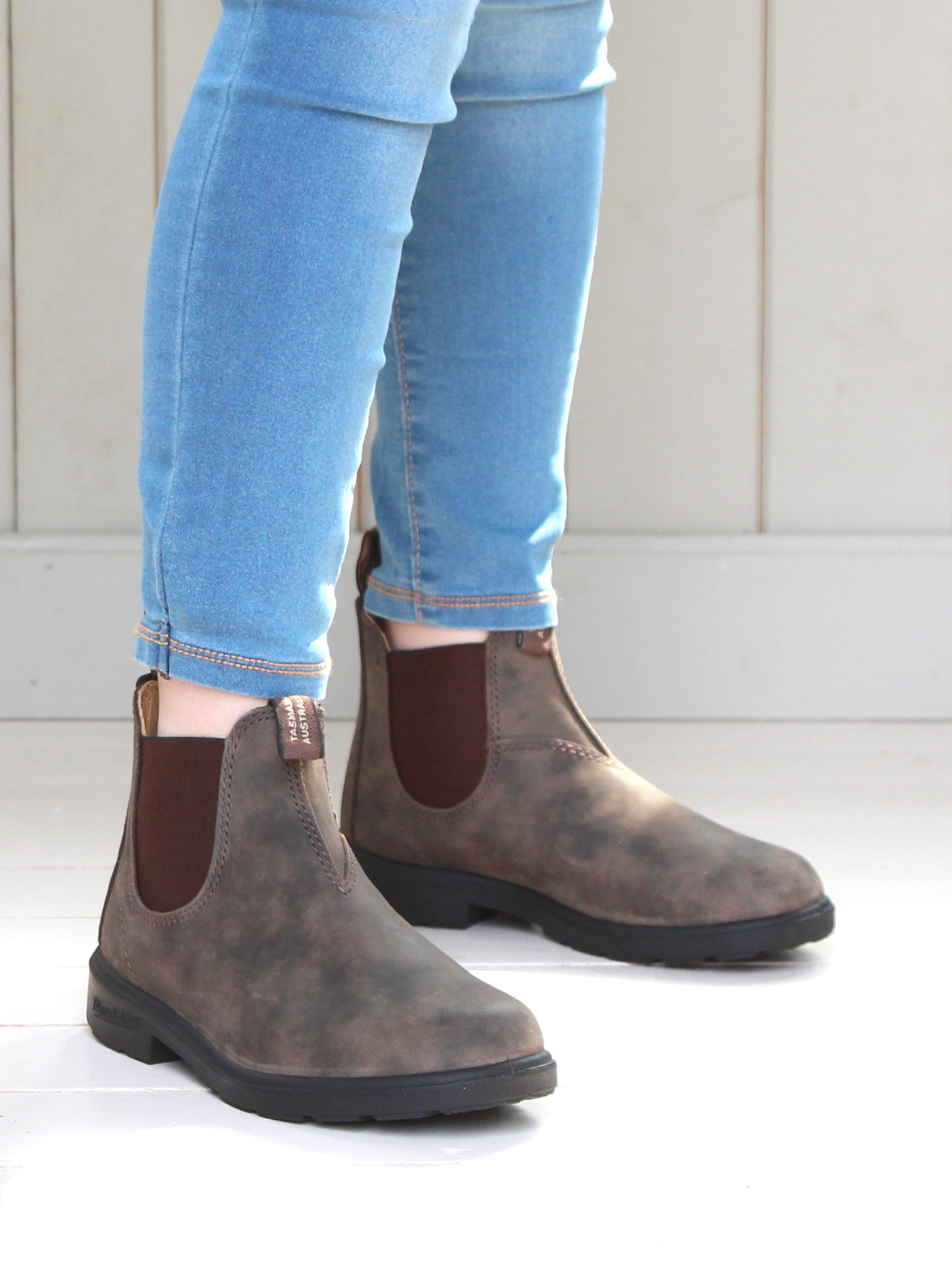
- #ARE KLEETS SMALLER THAN NORMAL SHOES SIZEWISE HOW TO#
- #ARE KLEETS SMALLER THAN NORMAL SHOES SIZEWISE FULL SIZE#
To determine whether changes will need to be made, observation of your pedalling on the bike is essential. Our stance is self-selected, influenced by posture, habit, anatomical and physical characteristics such as pelvis width, lower limb alignment or hip stiffness. Whilst there are numerous other ways to widen your stance width, the only way to narrow your stance width is via the cleats - moving them to the outside of the shoe. Cleats placed towards the inside of the shoe will widen your stance width. Ideally in cycling, we want the hip, knee and foot to operate in a straight line.īoth road and MTB cleats will have some side to side adjustment, between 4-6mm. This refers to the side to side position of the cleat on the shoe, by which we can manipulate Q Factor and stance width.
#ARE KLEETS SMALLER THAN NORMAL SHOES SIZEWISE HOW TO#
How to set cleat position: lateral position and stance width Toe overlap usually only becomes an issue when track standing or riding tight corners at low speed (such as bike paths) and is relatively normal, especially for smaller bikes with shorter wheelbases.Īnd finally, changing the fore/aft position of your cleat may require small changes in your saddle height and fore/aft position. I have encountered some riders who have set their cleats forward to avoid toe overlap. However, this is at the expense of foot stability, the further forward the cleat is positioned towards the toes, the harder the calf muscles have to work to control and stabilise the foot owing to the lengthening lever arm. A forward cleat position means a greater ability to change speed rapidly and accelerate (although not affecting outright top speed) - making this change could be useful for improving your sprinting, as well as crit racing and track event performance. Moving the cleats rearward reduces their work, which is beneficial for endurance riding.Ĭleat fore/aft to some extent will be determined by the type of riding the cyclist does and what they prioritise. The calf muscles are largely made up of fast twitch fibres, which are not ideal for stability. Placing the cleats further back will also decrease recruitment of the calf muscles (Milour et al 2019) by reducing leverage from the ankle pivot point. Anecdotally, many clients report this feels more powerful and stable, although research suggests there is no increase in power output with a more rearward cleat position. Placing the cleat slightly behind the ball of the foot often decreases compression of nerves and blood vessels under the metatarsal heads, minimising the chances of foot and toe numbness. My tendency is to fit a more rearward position than this, often as rear as the holes drilled on the sole of the shoe will allow. Just using the 1st metatarsal (big toe) as an indicator of the ball of the foot will result in a cleat position in front of the metatarsal heads, as they run diagonally towards the 5th metatarsal. Place the centre of the cleat on this line - cleats will usually have small marks on the side to indicate the centre of the cleat.Draw a line across the sole of the shoe between these two marks.Mark the 1st metatarsal head and 5th metatarsal head (the bump on the inside and outside of the foot) on the side of the shoe.When trying on new cleats, wear the socks that you plan to play in. In general, choose a fit that feels right when you’re trying them on (as opposed to guessing how they might feel in a few months).

However, they’re also designed to be ready to wear as soon as they’re taken out of the box, and they don’t require a lengthy break-in time.

Nike soccer cleats are primarily made from synthetic material, which is supple and soft and provides some room to stretch. Players should select a size that feels comfortable on their feet. (Note: This can be uncomfortable at first.) For recreational or amateur players, sizing down may not be necessary.
#ARE KLEETS SMALLER THAN NORMAL SHOES SIZEWISE FULL SIZE#
They may choose a half or full size below their normal size.

This is because elite-level athletes tend to prefer a more sensitive touch on the ball. That said, some players (especially elite-level athletes) prefer their boots to fit much more snug than, say, a pair of running shoes. Generally speaking, a soccer cleat will fit true to regular shoe size.


 0 kommentar(er)
0 kommentar(er)
